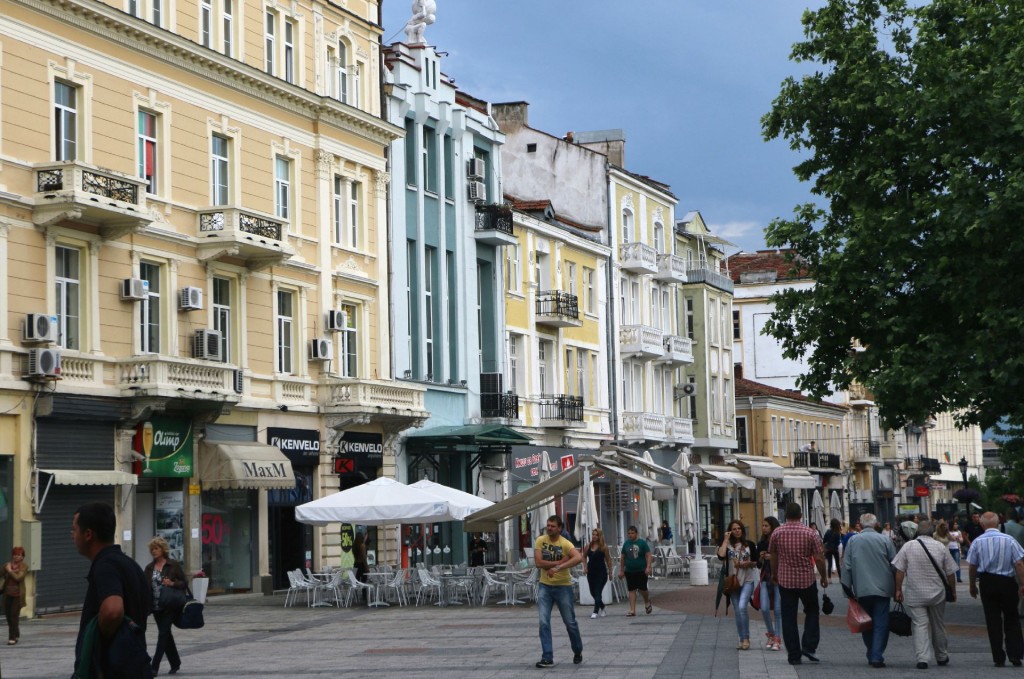 Have you ever heard about Plovdiv? In 2014, this city was awarded the prestigious title: European Capital of Culture 2019. And Lonely Planet determined Plovdiv as the sixth of the ten cities in the world that necessarily have to be visited in 2015.
Have you ever heard about Plovdiv? In 2014, this city was awarded the prestigious title: European Capital of Culture 2019. And Lonely Planet determined Plovdiv as the sixth of the ten cities in the world that necessarily have to be visited in 2015.
That is what we knew about this town, the second largest in Bulgaria, when we arrived a few days ago. After visiting vibrant Sofia and exploring the northwestern part of the country – where we were impressed by the beauties of nature, but also by poverty, bad roads and abandoned villages – Plovdiv was an unexpected surprise.
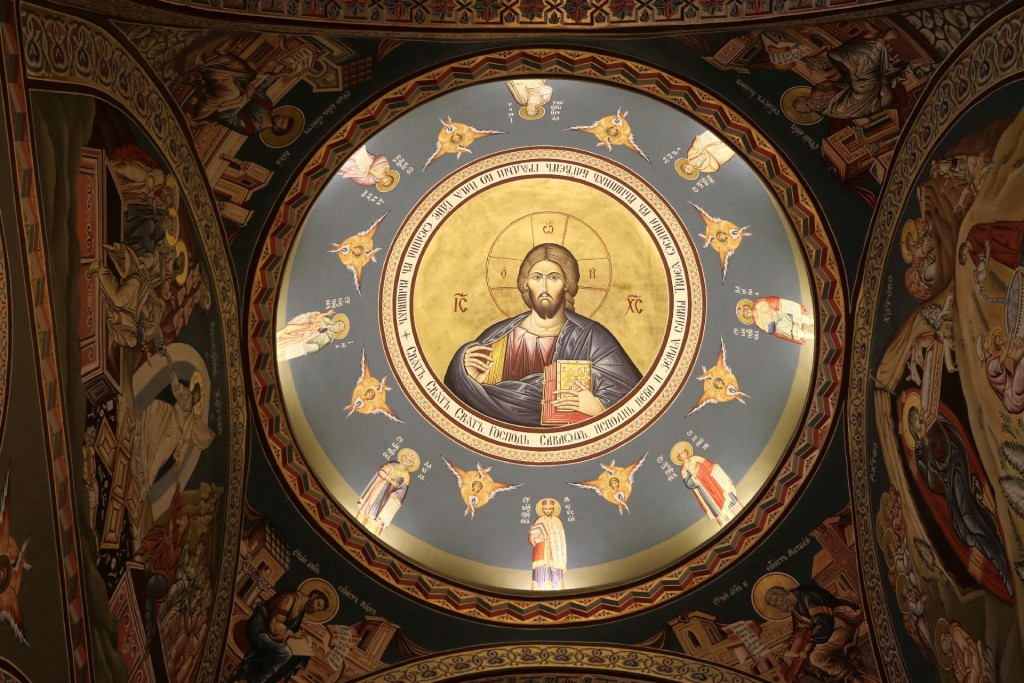 It was not only the relaxed and cozy atmorphere that struck us, but also the large number of cultural and historical sites and religious temples. As a matter of fact, the whole Old Town is one big monument. From the Ancient Theatre (photo 1) to the Hippocrates Pharmacy Museum and from the Lamartin House to the Dzhumaya Mosque, it offers a fantastic collection of traditional architecture and archeological sites.
It was not only the relaxed and cozy atmorphere that struck us, but also the large number of cultural and historical sites and religious temples. As a matter of fact, the whole Old Town is one big monument. From the Ancient Theatre (photo 1) to the Hippocrates Pharmacy Museum and from the Lamartin House to the Dzhumaya Mosque, it offers a fantastic collection of traditional architecture and archeological sites.
Starting our walk from the parking lot in front of the Ramada Hotel, we passed through the main pedestrian street (photo 2) and admired the beautiful buildings in all colors and styles. The northern part of the Roman Stadium of Philippopolis – located under the main street – was reconstructed and could be visited. In Roman times, this stadium was about 240 meters long and used to gather 30,000 spectators.
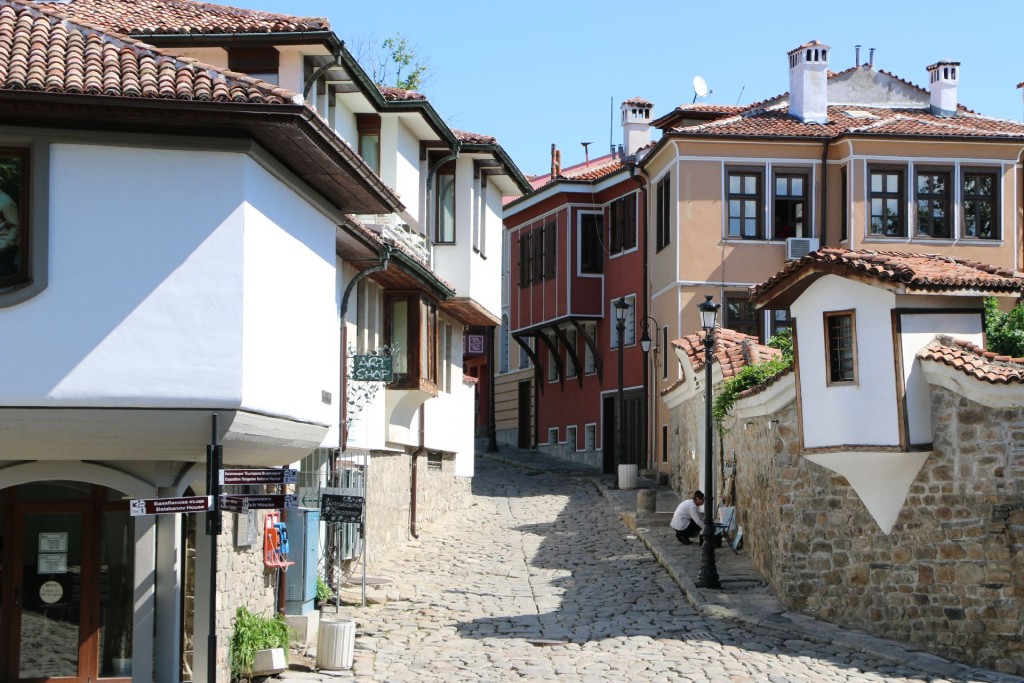 At that place we entered the Old Town with its timber-framed 19th-century painted houses with overhanging windows. Although the cobbled streets are not car-free, it was quiet and we really had the feeling as if we got back in time.
At that place we entered the Old Town with its timber-framed 19th-century painted houses with overhanging windows. Although the cobbled streets are not car-free, it was quiet and we really had the feeling as if we got back in time.
Plovdiv has so many museums, monuments and churches that we had to make a choice. First of all, we visited the Sveta Bogoroditsa Church, built in 1844. This cathedral preserves exceptional paintings – icons, frescoes (photo 3) and a carved iconostasis.
Climbing uphill, we saw many picturesque and colorful houses (photo 4). One of them was home to the Icon Museum. Here we could see some of the best examples of icons from the region of Plovdiv from the period between the 15th and 19th century. A great collection, exhibited in a very professional and attractive way!
The Church of Sveti Konstantin and Elena is famous for its baroque iconostasis (photo 5). The two rows of icons were painted by the famous Zahari Zograf, one of the greatest artists in the Revival Period.
One of the most beautiful museums in Plovdiv is the baroque Kuyumdzhiev House, now home to the Ethnographic Museum (photo 6). It offered us an excellent impression of life in 19th-century Bulgaria by a variety of exhibits: Bulgarian costumes, ancient weapons, musical instruments, furniture, etc.
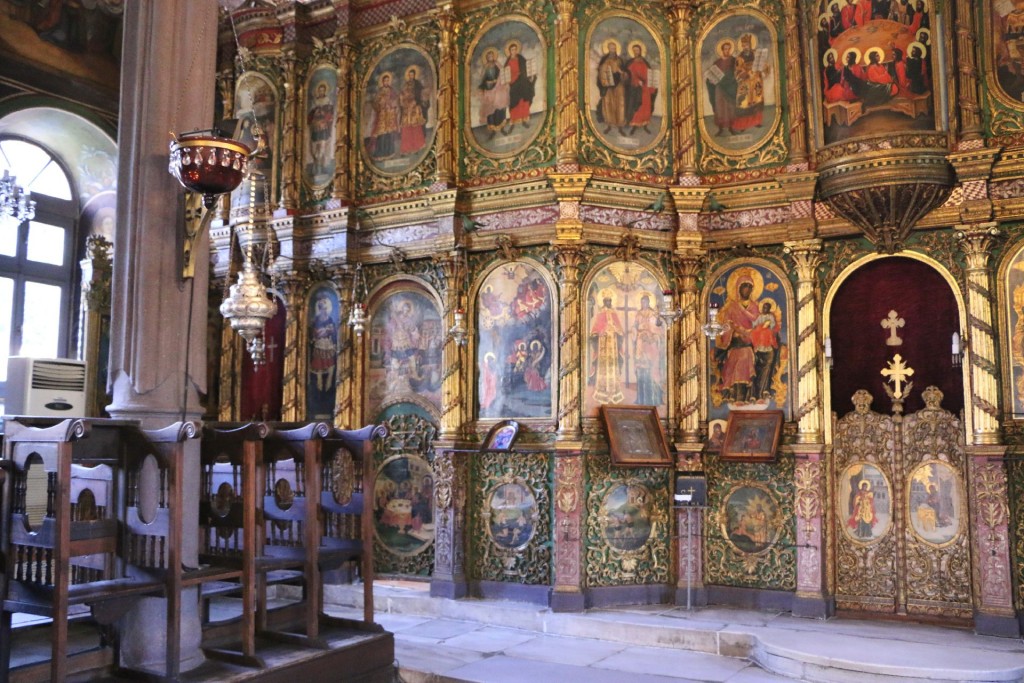 Finally, we explored the well-preserved Ancient Theatre, built in the 1st century under Emperor Trayan. We had coffee on the terrace above the theatre and there we enjoyed the breathtaking view of the city and the Rhodope mountain range.
Finally, we explored the well-preserved Ancient Theatre, built in the 1st century under Emperor Trayan. We had coffee on the terrace above the theatre and there we enjoyed the breathtaking view of the city and the Rhodope mountain range.
What a pity that we could not stay longer! The only campsite near Plovdiv (Kilometer 4 Complex) was so neglected and incredibly dirty that we decided to continue our trip. I am sure that many camping fans from Western Europe would like to come and visit this beautiful city, but they will certainly “escape” after such an experience. So, maybe the future European City of Culture should take measures to arrange for a decent campsite?!
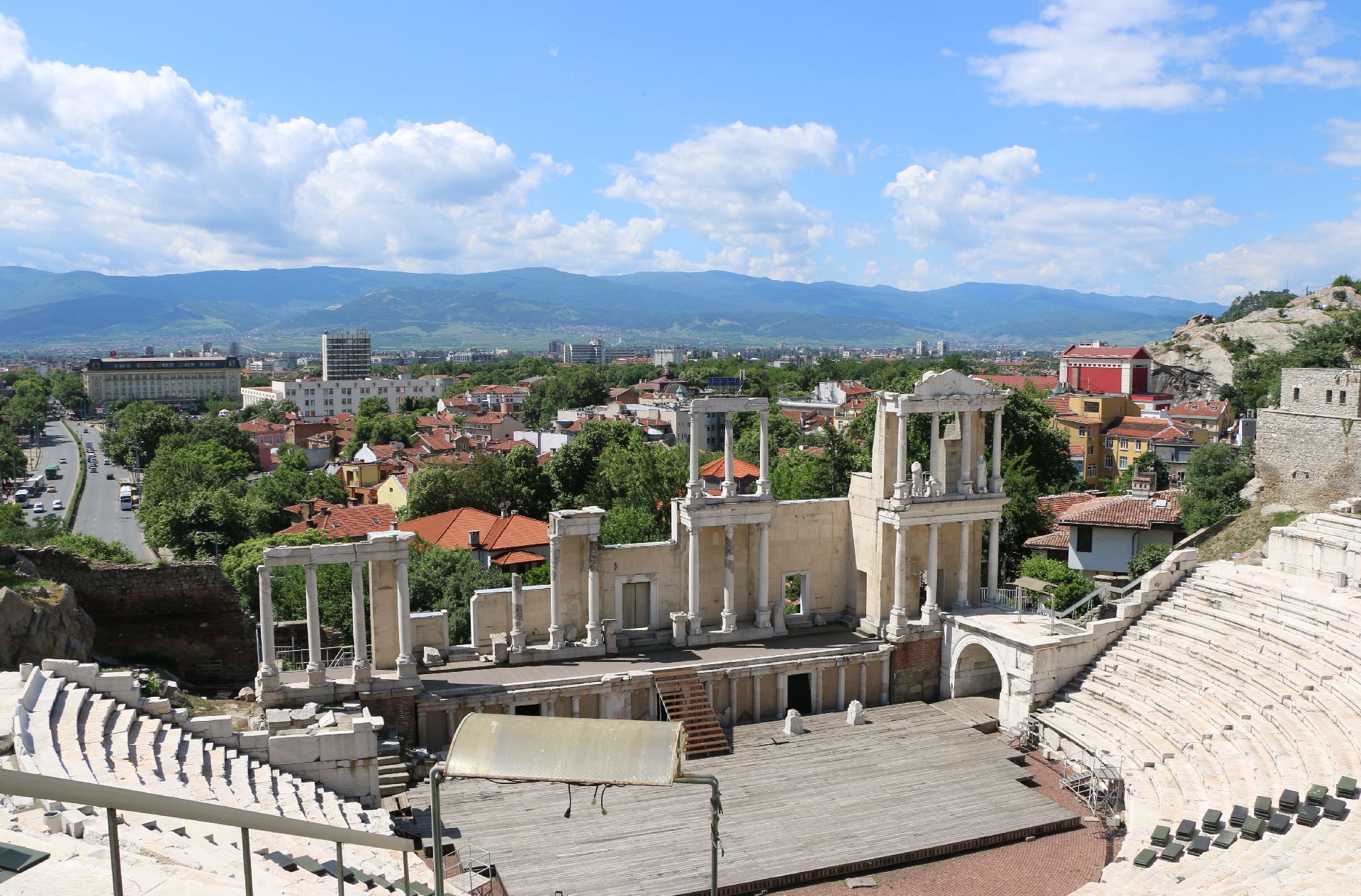

[…] Matera has also become Italian host of the European Capital of Culture for 2019, together with Plovdiv in Bulgaria. A fact that made me quite curious; and indeed, Matera turned out to be really unique […]
thanks for the great article, keep up the good work